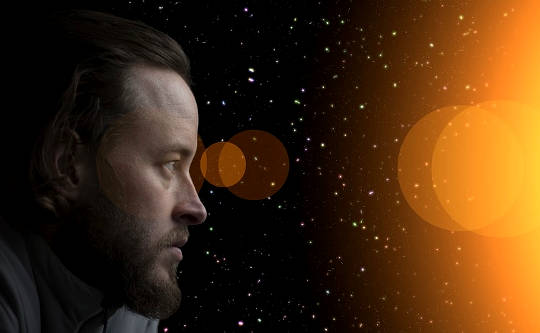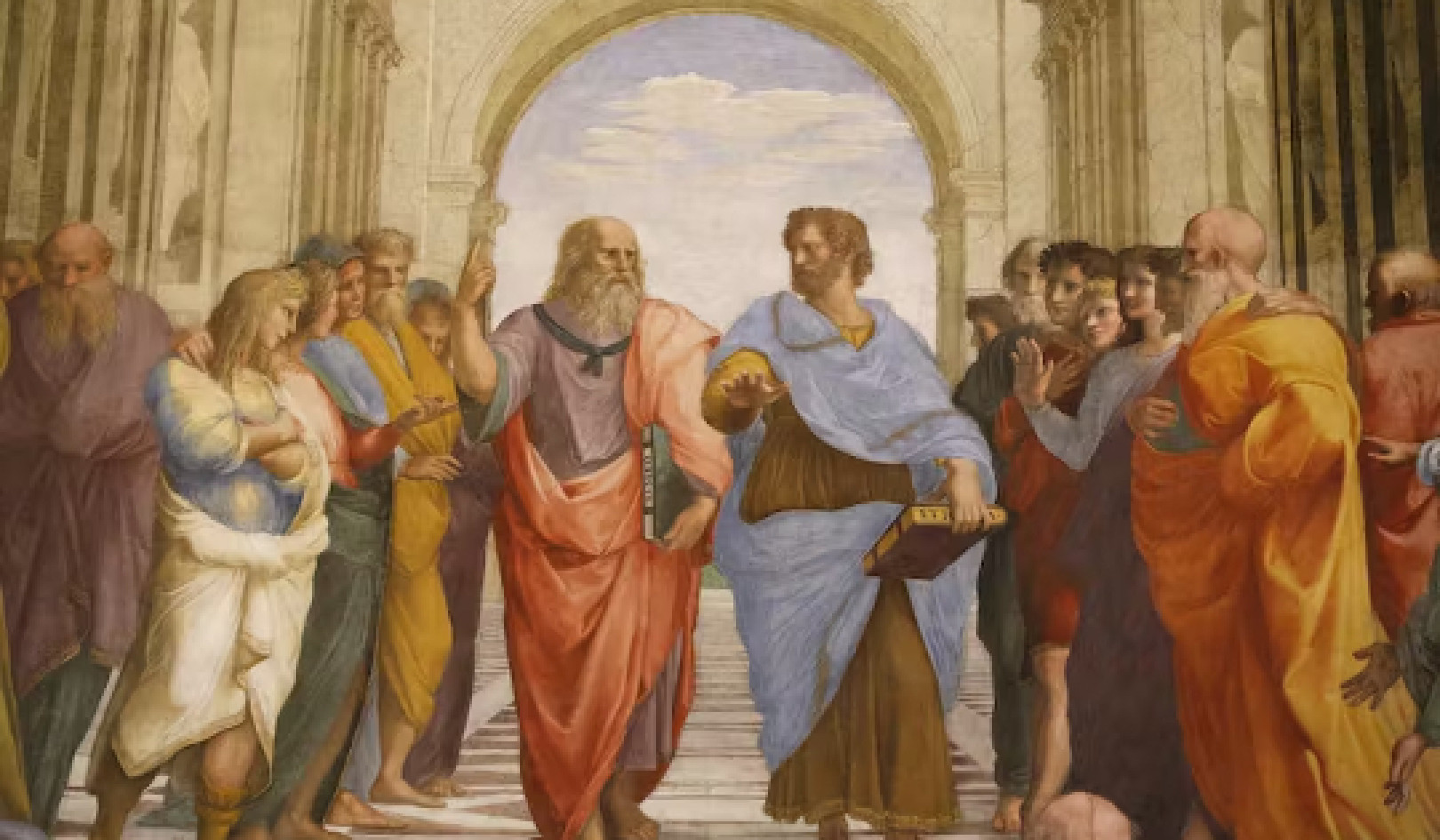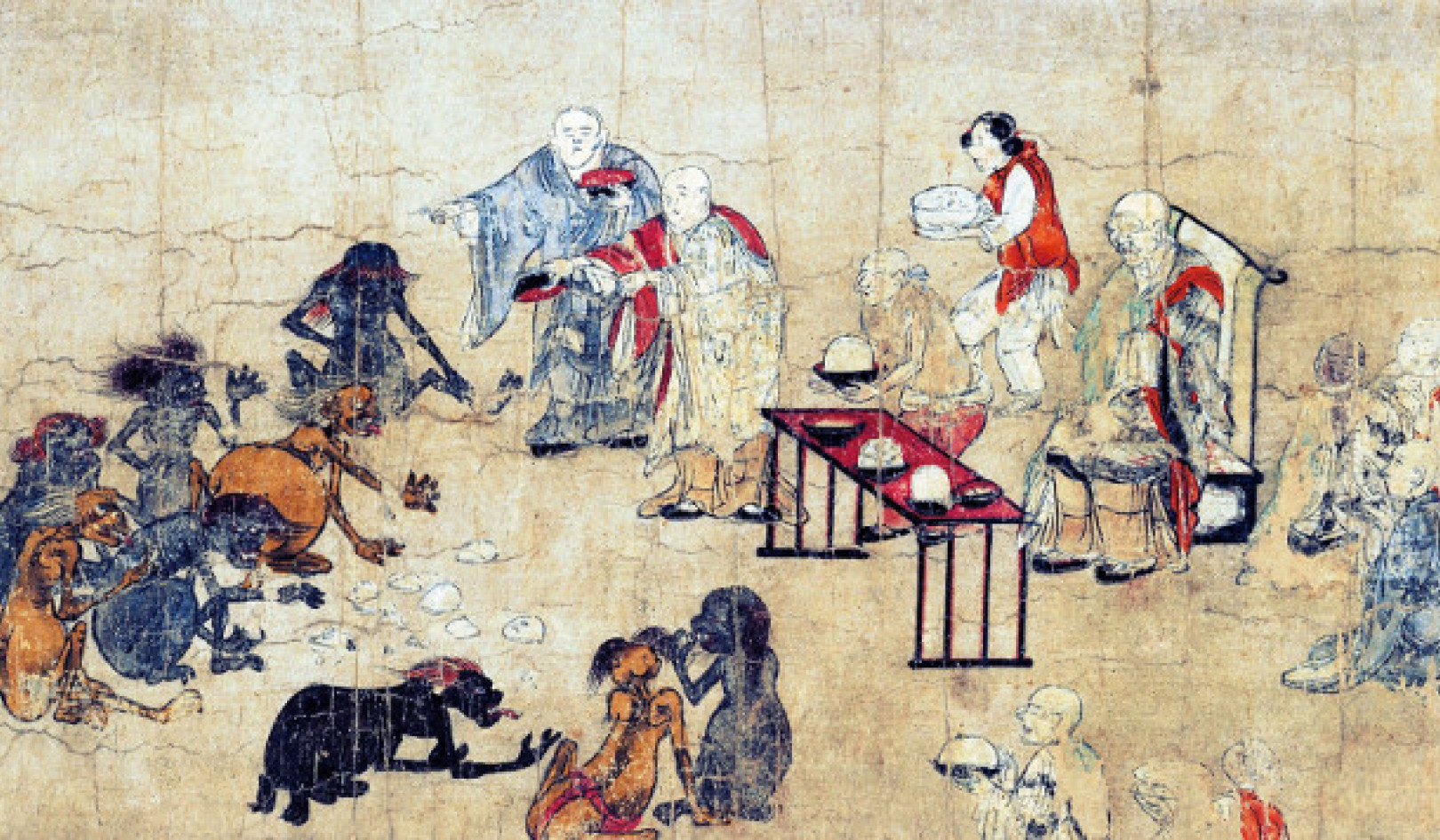
Image by Gerd Altmann
Words are magic. Thoughts create actions that manifest forms. No matter what language you are using—English, Chinese, or the language of hieroglyphs—thoughts are things.
Ancient Egyptians knew this to be true. They called their sacred writings heka. The concept of heka contained all potentiality. It is consciousness itself.
You are already inside the world of magic at this moment. The late Egyptologist John Anthony West was fond of saying that the ancients would have seen the entire cosmos as one monumental magical act; that is, the manifestation of consciousness as the material world.
As a working definition, the ancients knew heka as a prescriptive language that created realities through the exact words uttered at the right time, properly intoned, and filled with heady intention. Heka was the alchemical energy of the ancient world. It was a basic metaphysical concept that our thoughts and how we speak them create our reality.
Hieroglyphs are an inherently poetic language
Like dream language and poetry, hieroglyphs work on multiple levels, encompassing all levels simultaneously. They are symbolic and sensory (image), and vibratory (sound), and filled with mythologies (narrative) that are embedded within the hieroglyph. The poet Ezra Pound called these three phanopeia, melopeia, and logopeia—the essential ingredients of poetry.
It takes intuitive leaps to make full sense of a single hieroglyphic “word,” much less a sentence written in hieroglyphs. Hieroglyphs are an inherently poetic language, as well as a magical language, which creates “a spell” in those who understand it. The high priests, who knew the ancient texts and copied the words of transforming death into life inside the corridors of Egyptian tombs and papyrus scrolls, also knew that hieroglyphs were oracular. They interpreted dreams and oracles in the same way that they used the language inside the scrolls.
What does it mean that thoughts are things?
Thoughts are the DNA of the universe, containing the code that gives form to our physical life experience. Without sensation or substance we could not grasp any thought form, yet symbols are much more complicated.
The Lascaux cave paintings of cattle, for example, contain complex series of dots that were discovered to contain star patterns of the constellations representing Taurus and the Pleiades. More than simply meaning “I am hunting a spotted ox,” the paintings contain embedded information about the time of year that the herds were likely to travel along a particular path.
Art affords more than quaint Cracker Barrel décor. It offers important recorded information about how to amplify one’s quality of life while providing a sense of order and beauty.
But it goes beyond even that. As the American existential psychologist and author Rollo May has said, “What if imagination and art are not frosting at all, but the fountainhead of human experience? What if our logic and science derive from art forms, rather than art being merely a decoration for our work . . . ?”
My friend Cosima Lukashevich, a mixed-media artist steeped in Egyptian culture and the arts, offered an intriguing possibility in a private Facebook message to me dated September 20, 2017. She asked, “Could people (and I am suggesting here both artists and non-artists) use art to draw the world forward?”
I believe that was the case with the Egyptian scribe who engaged in three-dimensional art, language, and architecture. For the ancient Egyptian priests, scribes, and visual artists, the mantic arts they used built doorways into the ancient mystery of interlinked science, spirit, and consciousness.
Humankind continues to move through these open doorways, now as then, to create new worlds. It becomes entirely possible that the hieroglyphs draw us into transformative states of consciousness these five millennia later, just as the hieroglyphs moved and motivated the ancient mind toward its return to Source.
The artistic process as consciousness itself
We are no longer talking about art as an individual expression of consciousness, or even as a cultural phenomenon. We are talking about the artistic process as consciousness itself—the universal pattern of our creative human DNA.
P.D. Ouspensky, in his book In Search of the Miraculous, quotes G. I. Gurdjieff as saying, “Symbols not only transmit knowledge but show the way to it.” In speaking of the symbol of the seal of Solomon, Gurdjieff went on to say, “The transmission of the meaning of symbols to a man who has not reached an understanding of them in himself is impossible. This sounds like a paradox, but the meaning of a symbol and the disclosure of its essence can only be given to, and can only be understood by, one who, so to speak, already knows what is comprised in this symbol. And a symbol becomes for him a synthesis of his knowledge.”
It is not really possible to say that “this” symbol equals “that” meaning. Symbols accrue meaning, expanding with endless, interrelated diversity and aspect. A symbol swims in the waters of endless possibility, and those who understand the power of symbol use it as a raft to float from meaning to meaning in a vast ocean of consciousness.
In the beginning was the Word
Where did this language that is consciousness come from? In essence, the mind of God. More than one Egyptian myth suggests that the thought forms of Ptah, or Atum, or Thoth orchestrated the harmonies of the cosmos. The Gospel of John 1:1–3 echoes this idea, insisting that “In the beginning was the Word and the Word was with God and the Word was God.”
Medju neter, the ancient Egyptian term for the hieroglyphs, meant the “Word of God.” The Emerald Tablet of Hermes Trismegistus, a Greek magical text attributed to the Egyptian god Thoth, tells us that Egypt was built in the image of heaven, saying that the All is of one mind, and that which is below is like that which is above. All created things originate from this one great thought.
Poems on storm sewer tunnel walls
When I was a child in Kentucky, I used to hide out in storm sewer tunnels (dangerous, I know) with my paints, drawing images and writing poems on the walls. I have no idea where this impulse to sit in a darkened tunnel to write and paint came from. I can only imagine it was left over from a former lifetime in Egypt, for in ancient Egypt, creative expression found many forms and there was little distinction made between writing, drawing, and painting. It may have been that this creative childhood penchant primed me for my later love of hieroglyphs and a deepened understanding of image and word that was to develop in me as an adult.
Perhaps we can see both writing and painting as ways to communicate, making no distinction between the symbolic and the real. What if the world was nothing but a set of symbols for a higher form of existence? What if our appearance on the canvas of Earth was the equivalent of our being living, breathing hieroglyphs for the gods to read and understand?
Hieroglyphs are particularly and peculiarly difficult to translate with complete accuracy. One word in another language cannot substitute for a single hieroglyphic symbol. These hieroglyphs were perfectly executed, ritually infused, and considered holy. They were meant solely for the eyes and lips of the pharaoh, who was a high initiate of Egyptian magic.
The images held a grammatical lyricism as well, making them the first sacred poetry known to man. A whole philosophy appears within each hieroglyphic image. Chant lines and repetitions, sound vibrations, and hypnotically recurring images were perhaps intended to induce a trance-like state in the individual, which allowed him to ascend into the heavens. Thus riding on this incantatory language was he able to converse with his ancestors and his Creator.
Creative Intelligence
Not only were the hieroglyphs alive, sprung from the lips of the deity, but the whole world was alive—a living hieroglyph. Every frog, every tamarisk tree, every ripple of water was a living mirror that reflected the divine presence in the world. Divinities, like the things of the world, have their diversities in nature. The ancient word for a god or goddess, neter, was understood as “nature” and the laws of God were the natural laws of the world.
The consciousness of the creative intelligence that envisioned hieroglyphic communication operates in thought waves that defy logic. The mind-boggling symbol-infused reality of hieroglyphic thinking is probably why dreams confuse most people as well, and why most people confound most other people around them; because—when it comes right down to it—we are all likewise diverse and created from that enigmatic mind of God. That makes each of us perhaps as confounding as walking hieroglyphs.
Taking at face value any language and any religious text (ancient or modern) creates interpretive problems. Thinking “this equals that” misses the delightful fullness of what is being expressed. Beyond literal meaning, hieroglyphs express the kind of thought patterns that are the essence of creative thinking. The deeper truths we crave cannot be found in single-word translations; they must be derived from a core understanding of myth and mythic language. Myth unites the inner world of human experience with the outer world of the universe.
Copyright 2020 by Normandi Ellis. All Rights Reserved.
All Rights Reserved. Reprinted with permission of the publisher.
Bear and Company, an imprint of: www.InnerTraditions.com.
Article Source
Hieroglyphic Words of Power: Symbols for Magic, Divination, and Dreamwork
by Normandi Ellis
 In this detailed guide, author Normandi Ellis explores how to use hieroglyphs as words of power for manifesting ideas into the material world as well as how to utilize them in magic, meditation, divination, and dream work. She offers a deep look at the many layers of meaning contained within 60 important hieroglyphs, breaking down the elements within each symbol and explaining the myths behind them, the gods and goddesses they are connected to, their initiatory significance, and their oracular and dream meanings.
In this detailed guide, author Normandi Ellis explores how to use hieroglyphs as words of power for manifesting ideas into the material world as well as how to utilize them in magic, meditation, divination, and dream work. She offers a deep look at the many layers of meaning contained within 60 important hieroglyphs, breaking down the elements within each symbol and explaining the myths behind them, the gods and goddesses they are connected to, their initiatory significance, and their oracular and dream meanings.
For more info and/or to order this book, click here.
About the Author
 Normandi Ellis is an award-winning writer, workshop facilitator, and archpriestess of the Fellowship of Isis. The author and coauthor of several books, including Awakening Osiris and Imagining the World into Existence, she leads tours to Egypt. She lives in Chesterfield, Indiana.
Normandi Ellis is an award-winning writer, workshop facilitator, and archpriestess of the Fellowship of Isis. The author and coauthor of several books, including Awakening Osiris and Imagining the World into Existence, she leads tours to Egypt. She lives in Chesterfield, Indiana.






















